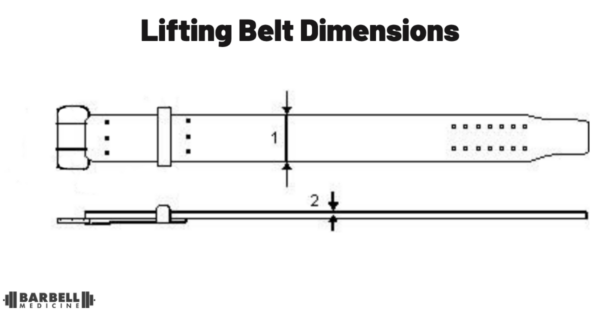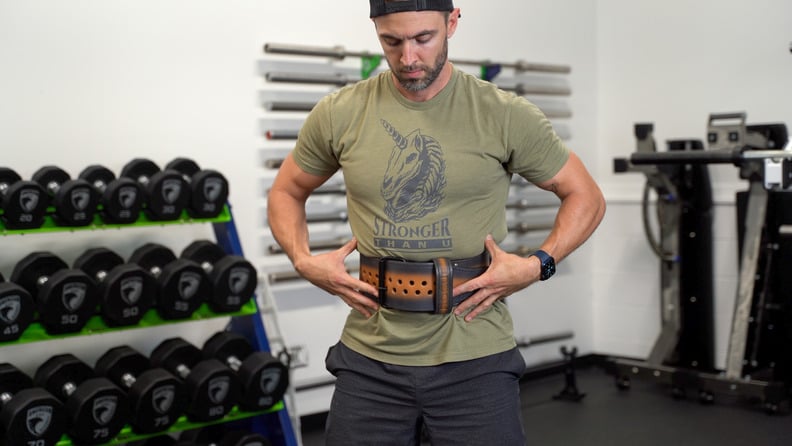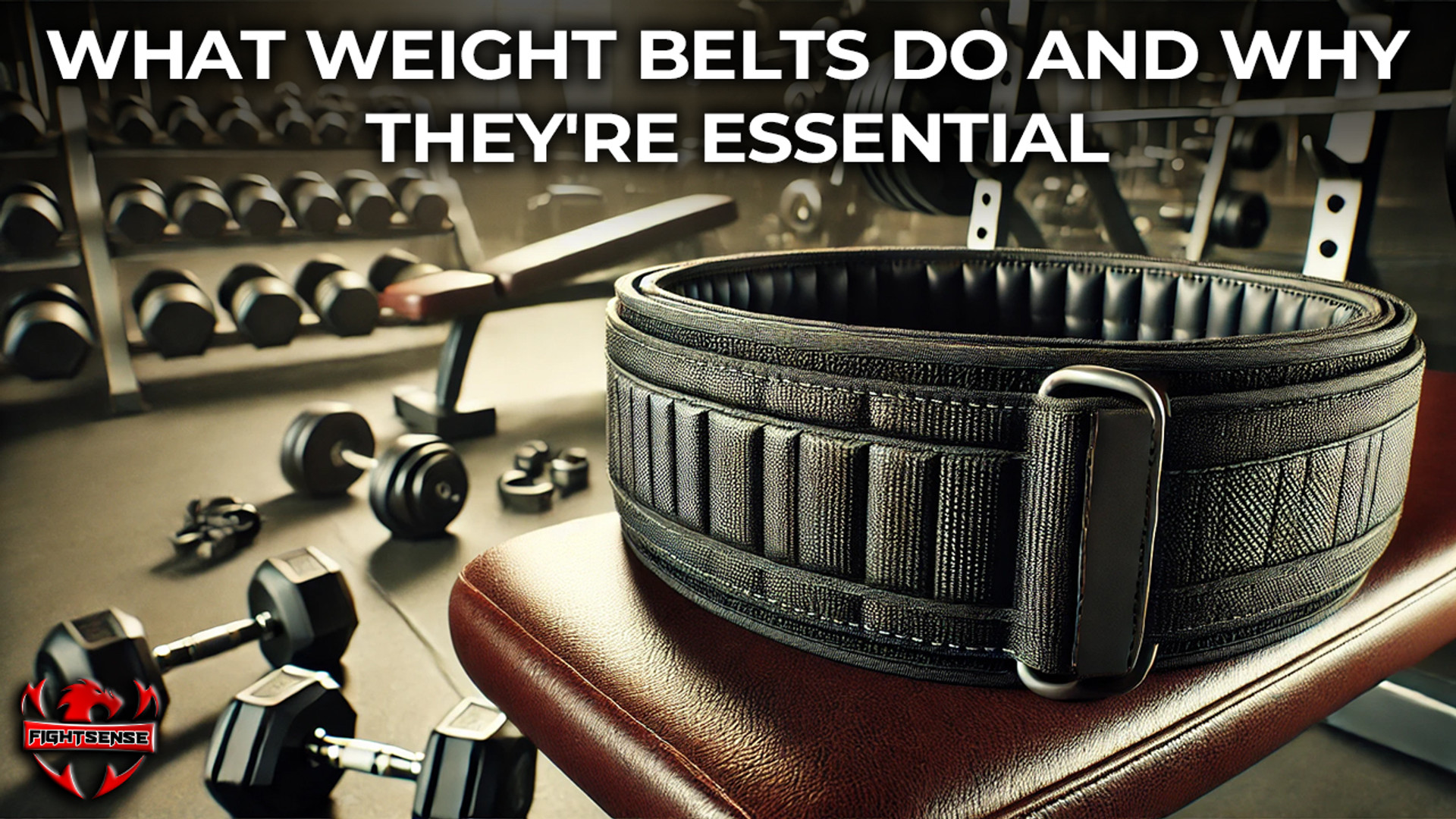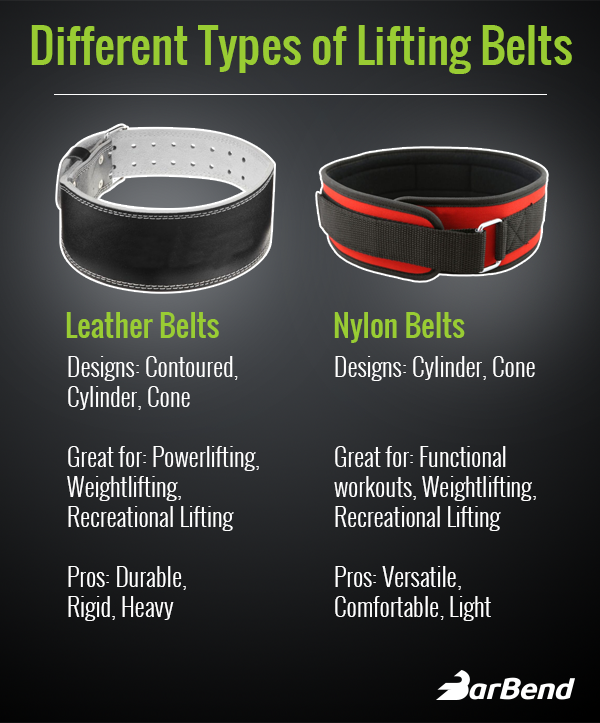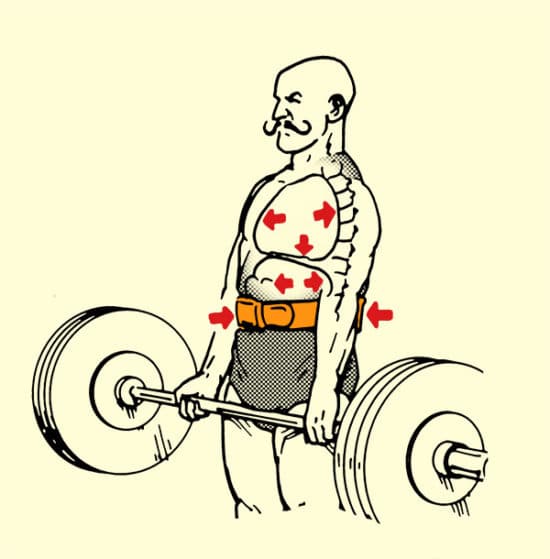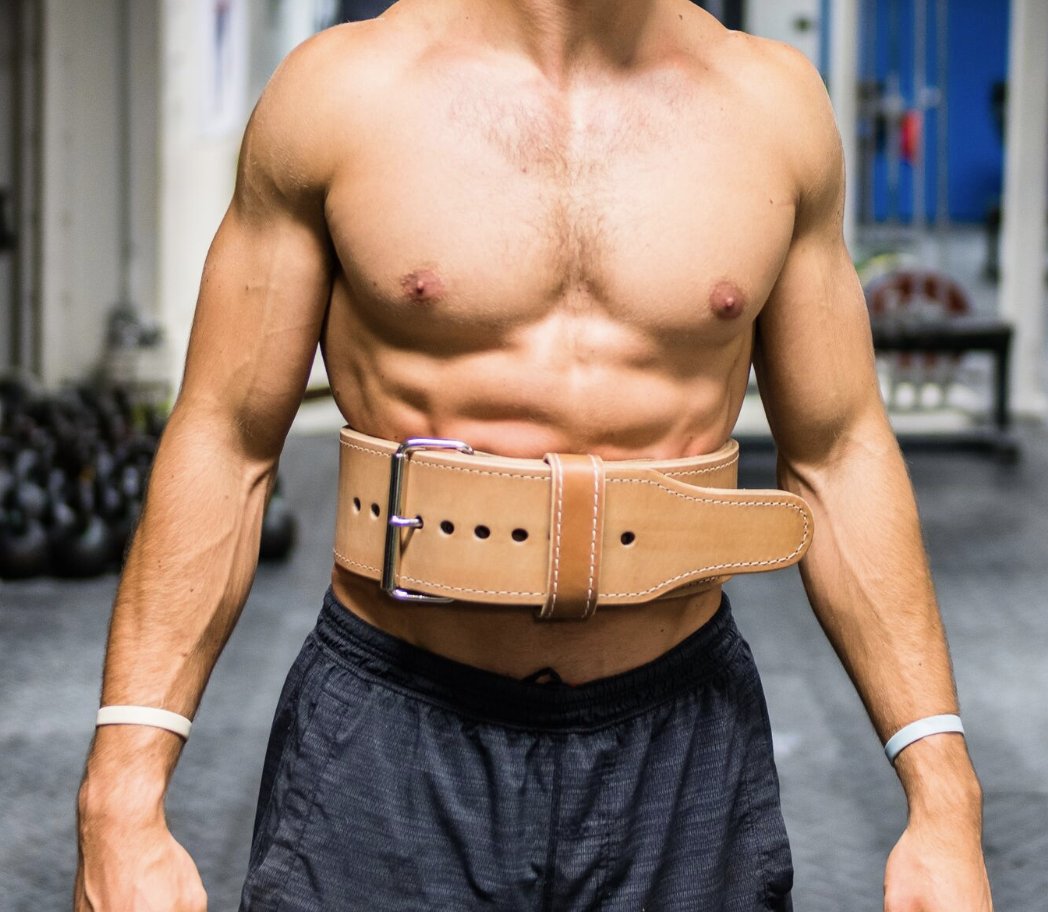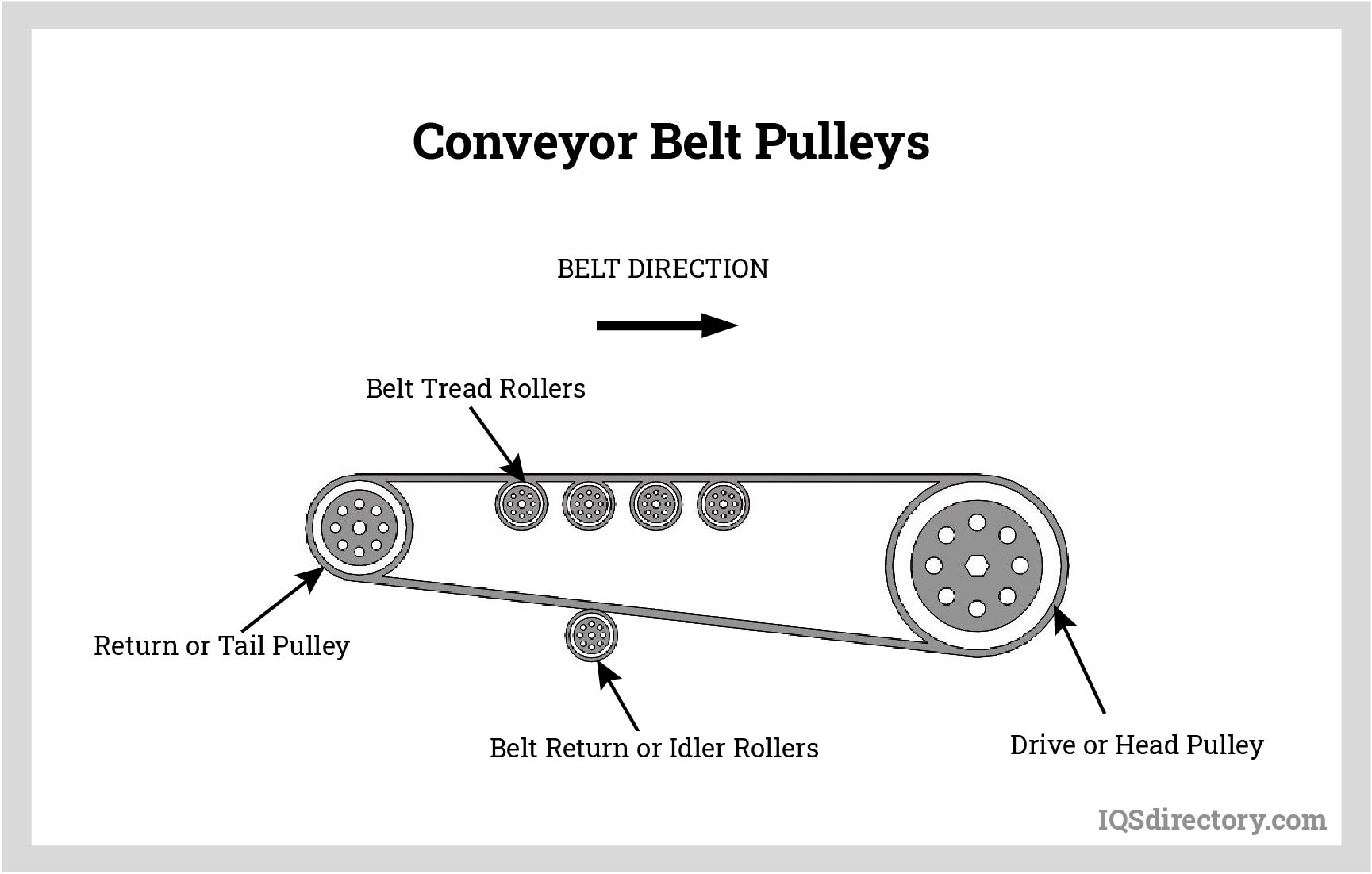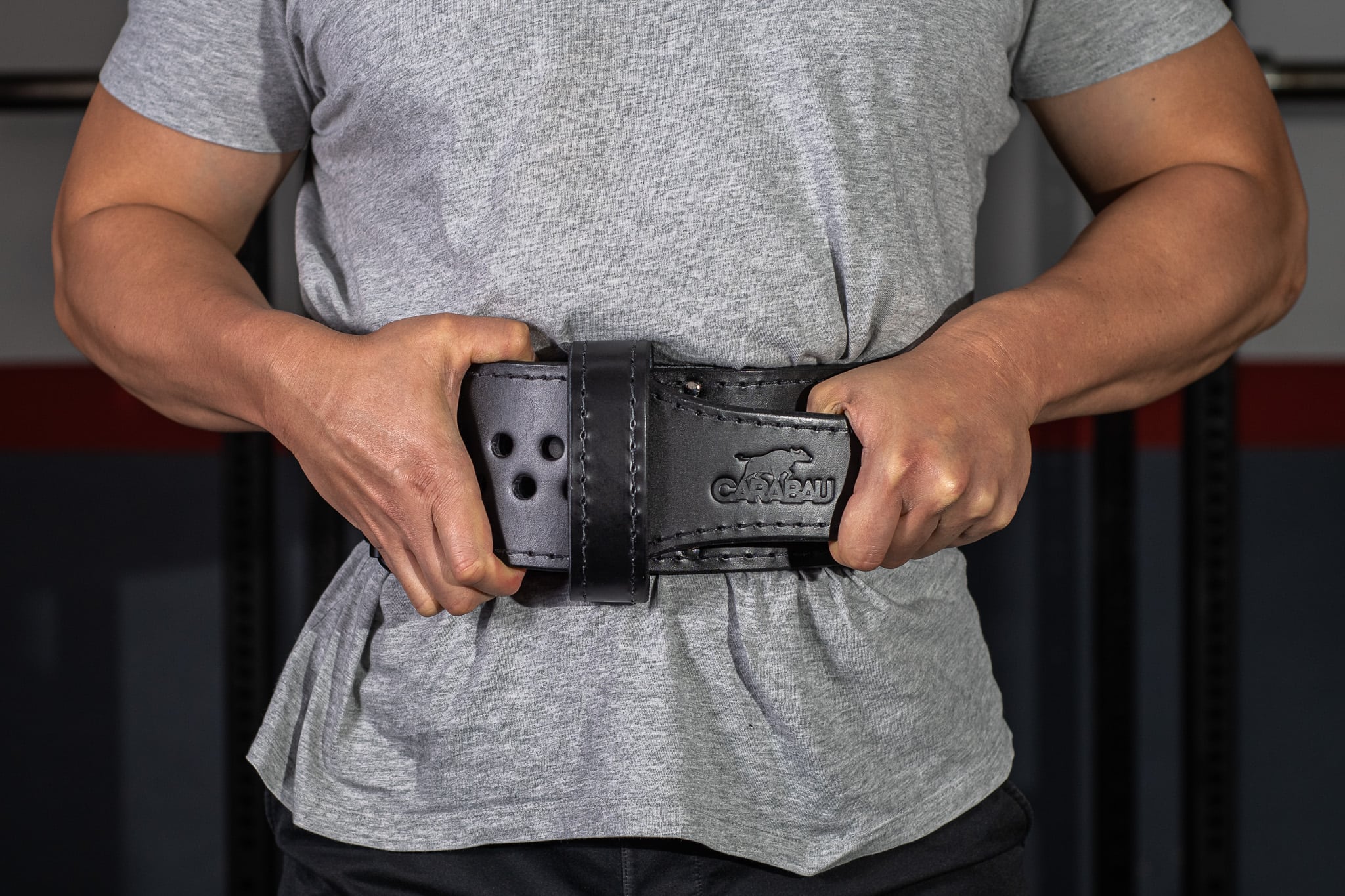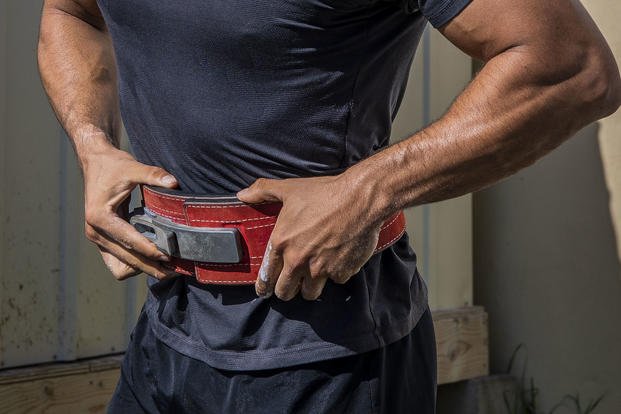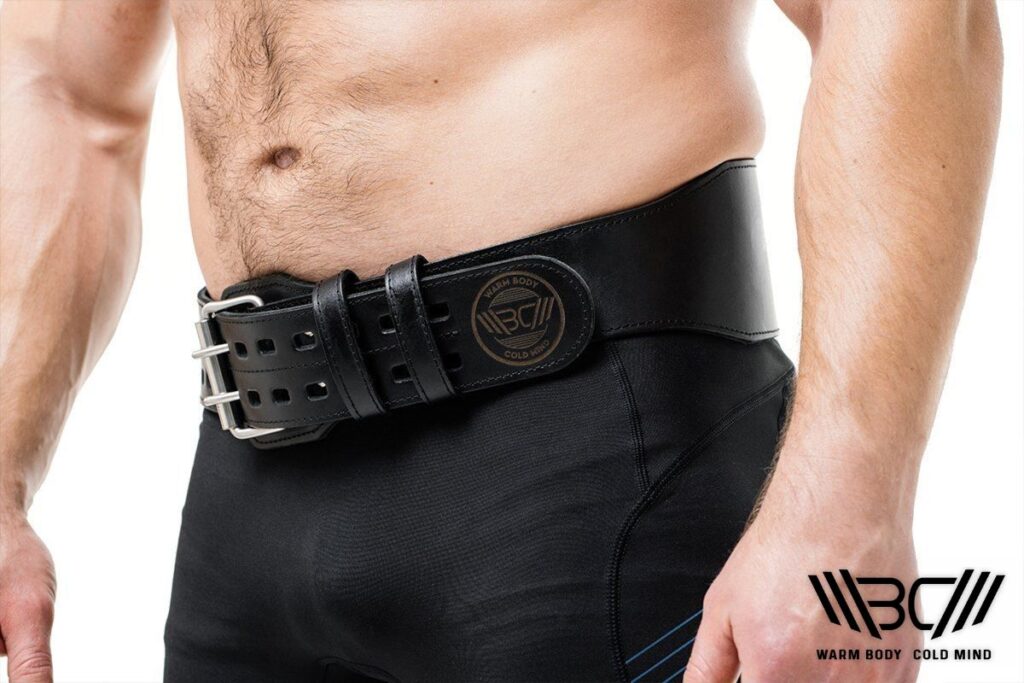How Does A Weight Belt Work

Imagine the weight room: the clanging of iron, the focused grunts, and the rhythmic thump of a loaded barbell meeting the platform. Amongst the lifters, you'll often spot a thick leather belt cinched tightly around their waists. It’s not just a fashion statement; it's a weight belt, a tool as essential to some as chalk or lifting shoes. But how does this seemingly simple accessory transform a regular lift into a power-packed performance?
The core function of a weight belt is to increase intra-abdominal pressure, providing support to the spine during heavy lifting. This heightened pressure stabilizes the torso, reducing the risk of injury and potentially increasing the amount of weight a lifter can move. It's a fascinating interplay of biomechanics and physics, a secret weapon for those striving to push their limits.
The History of Support: Where Did Weight Belts Come From?
The concept of external abdominal support isn't new. For centuries, laborers and athletes have used various forms of belts and girdles to protect their backs and improve performance. Ancient depictions show people using rudimentary belts for lifting heavy objects, suggesting an intuitive understanding of their benefits.
However, the modern weight belt, as we know it, evolved alongside the sport of weightlifting. As the weights being lifted increased, the need for specialized support grew. Leather belts, with their durability and ability to conform to the body, became the material of choice.
Over time, designs evolved. From simple straps to more complex contoured shapes with buckles and levers, the weight belt has been constantly refined to maximize its effectiveness and comfort.
The Science Behind the Squeeze: How Does a Weight Belt Actually Work?
The magic of a weight belt lies in its ability to augment the body's natural stabilization mechanisms. When lifting heavy weights, the body instinctively braces itself. This involves contracting abdominal and lower back muscles to create internal pressure.
A weight belt amplifies this process. By providing a rigid external surface to push against, it allows the abdominal muscles to contract more forcefully, resulting in a significant increase in intra-abdominal pressure (IAP).
Think of it like inflating a tire. The tire casing provides the structure that allows the air pressure inside to support a load. Similarly, the weight belt provides a structure that allows the internal pressure to better support the spine.
The Role of Intra-Abdominal Pressure
Increased IAP has several beneficial effects. First and foremost, it helps to stabilize the spine, preventing excessive flexion, extension, and rotation.
This is crucial for preventing injuries, especially during exercises like squats and deadlifts, where the spine is subjected to tremendous compressive forces. Second, the added stability can improve power transfer throughout the body.
By creating a more rigid core, the belt allows lifters to more effectively transmit force from their legs and hips to the barbell, potentially leading to increased lift capacity.
Choosing the Right Belt: What to Look For?
Not all weight belts are created equal. The best choice depends on individual needs, lifting style, and personal preference. There are several factors to consider when selecting a belt.
Material: Leather is the most common material, offering durability and support. Nylon belts are lighter and more flexible but provide less rigidity.
Width and Thickness: Wider and thicker belts generally provide more support. However, excessively wide belts can restrict movement and be uncomfortable.
Buckle Type: Buckles range from simple prong buckles to lever buckles, offering varying degrees of adjustability and security. Lever buckles are often favored by powerlifters for their ease of use and consistent tightness.
The Dos and Don'ts of Weight Belt Usage
Using a weight belt effectively requires understanding its proper application and limitations. It's not a magic bullet that automatically makes you stronger; it's a tool that, when used correctly, can enhance performance and reduce injury risk.
Do: Tighten the belt securely around your waist before each set. It should be snug enough to provide support but not so tight that it restricts breathing.
Don't: Wear the belt constantly throughout your workout. Over-reliance on a belt can weaken core muscles over time.
Do: Use the belt primarily for heavy sets of compound exercises like squats, deadlifts, and overhead presses. These are the exercises where the spine is most vulnerable.
Don't: Use the belt as a substitute for proper form. Maintaining good technique is always the top priority.
Do: Practice bracing your core even when not wearing a belt. This will help develop natural core stability.
Expert Opinions and Research Findings
The efficacy of weight belts has been the subject of numerous studies. While some research suggests a clear benefit in terms of increased lifting capacity and reduced injury risk, other studies are less conclusive.
A review published in the Journal of Strength and Conditioning Research concluded that weight belts can indeed increase IAP and improve lifting performance, particularly in experienced lifters. However, it also cautioned against overuse, emphasizing the importance of developing natural core strength.
Many strength coaches recommend using weight belts strategically, primarily for heavier lifts, while encouraging lifters to train without a belt for lighter sets to build core strength and stability.
Beyond the Numbers: The Psychological Impact
Beyond the physiological benefits, weight belts can also have a positive psychological impact. For many lifters, wearing a belt provides a sense of security and confidence.
This feeling of security can allow them to push themselves harder and lift with greater intensity. The ritual of tightening the belt can also serve as a mental cue, signaling to the body that it's time to focus and perform.
It's a reminder that you're about to engage in a challenging task, a tangible symbol of strength and preparedness. This mental edge can be just as valuable as the physical support provided by the belt.
A Tool, Not a Crutch: Finding the Right Balance
Ultimately, a weight belt is a tool, and like any tool, it should be used judiciously. It's not a substitute for proper training, good form, or a strong core.
The key is to find the right balance. Use the belt when you need it, but don't become overly reliant on it. Focus on building a solid foundation of strength and stability, and use the belt as a supplement to enhance your performance.
The weight belt, when used responsibly, can be a valuable asset in your lifting journey, helping you to reach new heights while protecting your spine. It's a reminder that even in the world of strength, sometimes a little support can go a long way.

